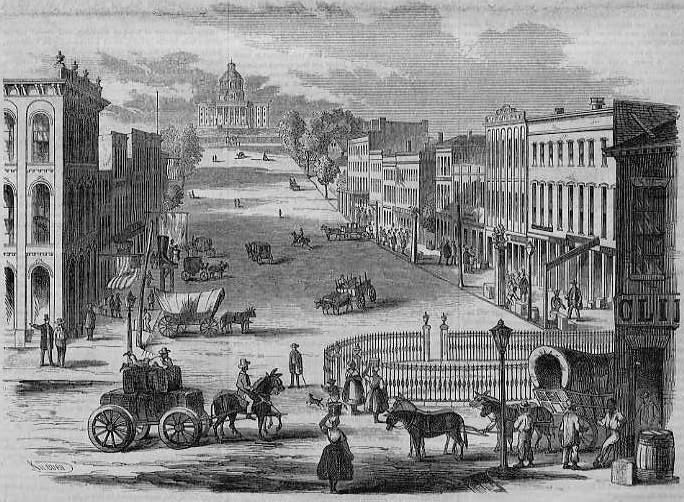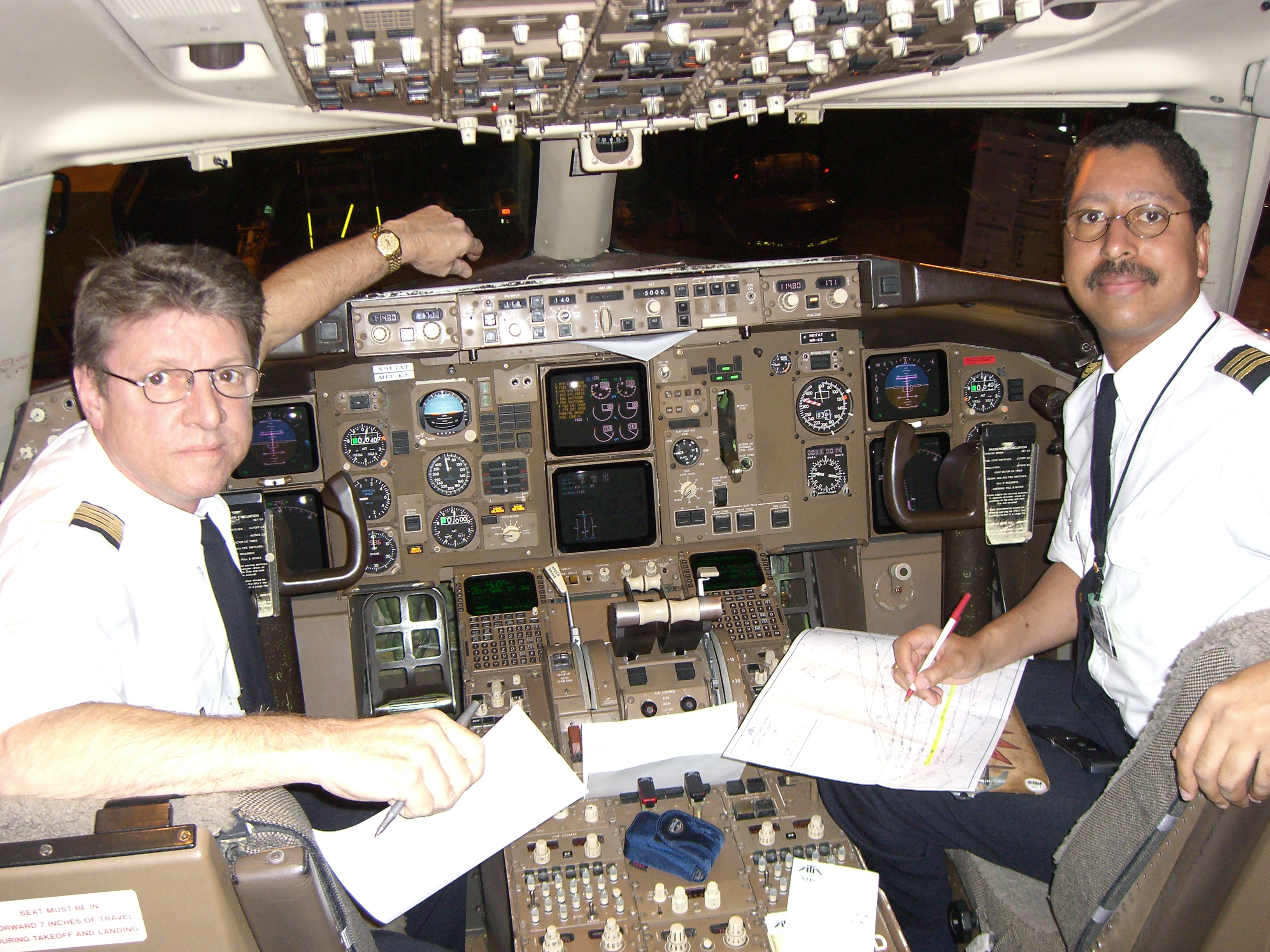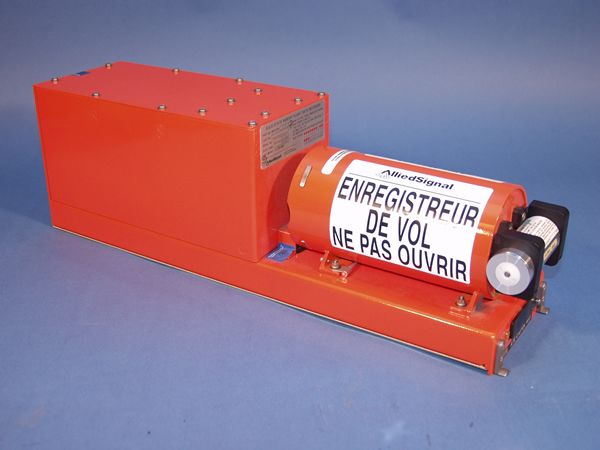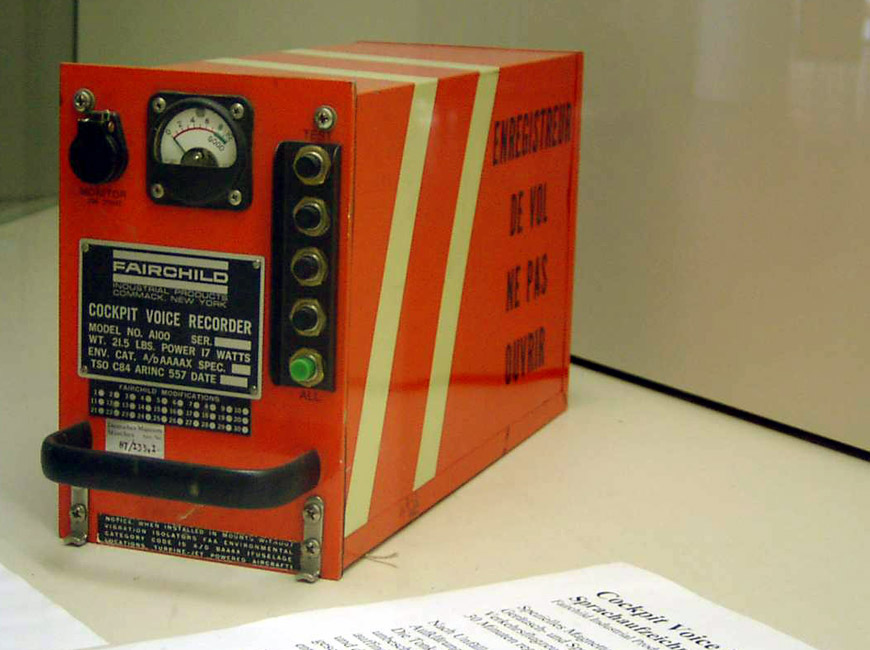|
Atlantic Southeast Airlines Flight 2311
Atlantic Southeast Airlines Flight 2311 was a regularly scheduled commuter flight in Georgia in the southeastern United States, from Hartsfield–Jackson Atlanta International Airport to Glynco Jetport (since renamed Brunswick Golden Isles Airport) in Brunswick on April 5, 1991. The Friday afternoon flight, operating a twin-turboprop Embraer EMB 120 Brasilia, crashed just north of Brunswick while approaching the airport for landing. All 23 aboard were killed, including astronaut Sonny Carter and former U.S. Senator John Tower. Four years later, another Embraer Brasilia of ASA crashed in the Georgia countryside in similar circumstances, with nine fatalities. Aircraft The aircraft involved in the accident was an Embraer EMB 120 Brasilia (registration number N270AS), manufactured on November 30, 1990. Equipped with two Pratt & Whitney PW-118 engines and Hamilton Standard 14RF-9 propellers, it received its U.S. standard airworthiness certificate on December&n ... [...More Info...] [...Related Items...] OR: [Wikipedia] [Google] [Baidu] |
Embraer 120RT Brasilia
The Embraer EMB 120 Brasilia is a twin-turboprop 30-passenger commuter airliner designed and manufactured by the Brazilian aircraft manufacturer Embraer. The EMB 120 began development during 1974. While initially conceived as a modular series of aircraft, the ''Family 12X'' and referred to as the ''Araguaia'', intending to achieve a high level of commonality with the EMB 121 Xingu, the aircraft was redesigned and relaunched with the ''Brasilia'' name scheme during 1979. The redesign, which drew on operator feedback, reduced the seating capacity somewhat while removing commonality with the EMB 121. Its size, speed, and ceiling enabled faster and more direct services to be flown in comparison to similar aircraft. The EMB 120 features a circular cross-section fuselage, low-mounted straight wings and has a T-tail. On 27 July 1983, the prototype performed its maiden flight. During October 1985, the first EMB 120 entered service with Atlantic Southeast Airlines; it quickly entered s ... [...More Info...] [...Related Items...] OR: [Wikipedia] [Google] [Baidu] |
National Transportation Safety Board
The National Transportation Safety Board (NTSB) is an independent U.S. government investigative agency responsible for civil transportation accident investigation. In this role, the NTSB investigates and reports on aviation accidents and incidents, certain types of highway crashes, ship and marine accidents, pipeline incidents, bridge failures, and railroad accidents. The NTSB is also in charge of investigating cases of hazardous materials releases that occur during transportation. The agency is based in Washington, D.C. It has four regional offices, located in Anchorage, Alaska; Denver, Colorado; Ashburn, Virginia; and Seattle, Washington. The agency also operates a national training center at its Ashburn facility. History The origin of the NTSB was in the Air Commerce Act of 1926, which assigned the United States Department of Commerce responsibility for investigating domestic aviation accidents. Before the NTSB, the Federal Aviation Administration's (FAA; at the t ... [...More Info...] [...Related Items...] OR: [Wikipedia] [Google] [Baidu] |
Montgomery, Alabama
Montgomery is the capital city of the U.S. state of Alabama and the county seat of Montgomery County. Named for the Irish soldier Richard Montgomery, it stands beside the Alabama River, on the coastal Plain of the Gulf of Mexico. In the 2020 census, Montgomery's population was 200,603. It is the second most populous city in Alabama, after Huntsville, and is the 119th most populous in the United States. The Montgomery Metropolitan Statistical Area's population in 2020 was 386,047; it is the fourth largest in the state and 142nd among United States metropolitan areas. The city was incorporated in 1819 as a merger of two towns situated along the Alabama River. It became the state capital in 1846, representing the shift of power to the south-central area of Alabama with the growth of cotton as a commodity crop of the Black Belt and the rise of Mobile as a mercantile port on the Gulf Coast. In February 1861, Montgomery was chosen the first capital of the Confederate States of ... [...More Info...] [...Related Items...] OR: [Wikipedia] [Google] [Baidu] |
Eastern Time Zone
The Eastern Time Zone (ET) is a time zone encompassing part or all of 23 states in the eastern part of the United States, parts of eastern Canada, the state of Quintana Roo in Mexico, Panama, Colombia, mainland Ecuador, Peru, and a small portion of westernmost Brazil in South America, along with certain Caribbean and Atlantic islands. Places that use: * Eastern Standard Time (EST), when observing standard time (autumn/winter), are five hours behind Coordinated Universal Time ( UTC−05:00). * Eastern Daylight Time (EDT), when observing daylight saving time (spring/summer), are four hours behind Coordinated Universal Time ( UTC−04:00). On the second Sunday in March, at 2:00 a.m. EST, clocks are advanced to 3:00 a.m. EDT leaving a one-hour "gap". On the first Sunday in November, at 2:00 a.m. EDT, clocks are moved back to 1:00 a.m. EST, thus "duplicating" one hour. Southern parts of the zone (Panama and the Caribbean) do not observe daylight saving time ... [...More Info...] [...Related Items...] OR: [Wikipedia] [Google] [Baidu] |
Dothan Regional Airport
Dothan Regional Airport is a public airport in Dale County, Alabama, United States, seven miles northwest of Dothan, a city mostly in Houston County. The National Plan of Integrated Airport Systems for 2011–2015 called it a ''primary commercial service'' airport (more than 10,000 enplanements per year). Federal Aviation Administration records say the airport had 47,859 passenger boardings (enplanements) in calendar year 2008, 42,071 in 2009 and 41,453 in 2010. The only airline flights are on Delta Connection to Atlanta. Over 50% of Dothan's flights are military training operations from nearby Fort Rucker, NAS Whiting Field, and NAS Pensacola, while just under 40% are general aviation. History In 1941 the United States Army Air Corps built Napier Field, named in honor of Major Edward L. Napier of Union Springs, Alabama. One of the Army's first flight surgeons, he was killed in the crash of a Fokker D.VII, ''AS-5382'', at McCook Field, Dayton, Ohio, on 15 September 1923. H ... [...More Info...] [...Related Items...] OR: [Wikipedia] [Google] [Baidu] |
Flight Instructor
A flight instructor is a person who teaches others to operate aircraft. Specific privileges granted to holders of a flight instructor qualification vary from country to country, but very generally, a flight instructor serves to enhance or evaluate the knowledge and skill level of an aviator in pursuit of a higher pilot's license, certificate or rating. United States Privileges A person who holds a flight instructor certificate (called a "certificated flight instructor" or CFI) is authorized to give training and endorsements required for and relating to: *a student, private, commercial or other pilot certificate; *the three hours of training with reference only to instruments in preparation for a private pilot certificate, note that this does not need to be a CFII. *an instrument rating, only if the CFI has an instrument instructor rating (CFII); This cannot be given by a "safety pilot". A safety pilot can only be used to help maintain instrument proficiency with an instrument- ... [...More Info...] [...Related Items...] OR: [Wikipedia] [Google] [Baidu] |
First Officer (civil Aviation)
In aviation, the first officer (FO), also called co-pilot, is the pilot who is second-in-command of the aircraft to the captain, who is the legal commander. In the event of incapacitation of the captain, the first officer will assume command of the aircraft. Control of the aircraft is normally shared equally between the first officer and the captain, with one pilot normally designated the "pilot flying" and the other the "pilot not flying", or "pilot monitoring", for each flight. Even when the first officer is the flying pilot, however, the captain remains ultimately responsible for the aircraft, its passengers, and the crew. In typical day-to-day operations, the essential job tasks remain fairly equal. Traditionally, the first officer sits on the right-hand side of a fixed-wing aircraft ("right seat") and the left-hand side of a helicopter (the reason for this difference is related to, in many cases, the pilot flying being unable to release the right hand from the cyclic contr ... [...More Info...] [...Related Items...] OR: [Wikipedia] [Google] [Baidu] |
Pilot In Command
The pilot in command (PIC) of an aircraft is the person aboard the aircraft who is ultimately responsible for its operation and safety during flight. This would be the captain in a typical two- or three-pilot aircrew, or "pilot" if there is only one certificated and qualified pilot at the controls of an aircraft. The PIC must be legally certificated (or otherwise authorized) to operate the aircraft for the specific flight and flight conditions, but need not be actually manipulating the controls at any given moment. The PIC is the person legally in charge of the aircraft and its flight safety and operation, and would normally be the primary person liable for an infraction of any flight rule. The strict legal definition of PIC may vary slightly from country to country. The International Civil Aviation Organization, a United Nations agency, definition is: "The pilot responsible for the operation and safety of the aircraft during flight time." ''Flight time'' for airplanes is defined ... [...More Info...] [...Related Items...] OR: [Wikipedia] [Google] [Baidu] |
Flight Data Recorder
A flight recorder is an electronic recording device placed in an aircraft for the purpose of facilitating the investigation of aviation accidents and incidents. The device may often be referred to as a "black box", an outdated name which has become a misnomer—they are now required to be painted bright orange, to aid in their recovery after accidents. There are two types of flight recording devices: the flight data recorder (FDR) preserves the recent history of the flight through the recording of dozens of parameters collected several times per second; the cockpit voice recorder (CVR) preserves the recent history of the sounds in the cockpit, including the conversation of the pilots. The two devices may be combined into a single unit. Together, the FDR and CVR objectively document the aircraft's flight history, which may assist in any later investigation. The two flight recorders are required by international regulation, overseen by the International Civil Aviation Organizat ... [...More Info...] [...Related Items...] OR: [Wikipedia] [Google] [Baidu] |
Cockpit Voice Recorder
A flight recorder is an electronic recording device placed in an aircraft for the purpose of facilitating the investigation of aviation accidents and incidents. The device may often be referred to as a "black box", an outdated name which has become a misnomer—they are now required to be painted bright orange, to aid in their recovery after accidents. There are two types of flight recording devices: the flight data recorder (FDR) preserves the recent history of the flight through the recording of dozens of parameters collected several times per second; the cockpit voice recorder (CVR) preserves the recent history of the sounds in the cockpit, including the conversation of the pilots. The two devices may be combined into a single unit. Together, the FDR and CVR objectively document the aircraft's flight history, which may assist in any later investigation. The two flight recorders are required by international regulation, overseen by the International Civil Aviation Organizat ... [...More Info...] [...Related Items...] OR: [Wikipedia] [Google] [Baidu] |
Auxiliary Power Unit
An auxiliary power unit (APU) is a device on a vehicle that provides energy for functions other than propulsion. They are commonly found on large aircraft and naval ships as well as some large land vehicles. Aircraft APUs generally produce 115 V AC voltage at 400 Hz (rather than 50/60 Hz in mains supply), to run the electrical systems of the aircraft; others can produce 28 V DC voltage. APUs can provide power through single or three-phase systems. Transport aircraft History During World War I, the British Coastal class blimps, one of several types of airship operated by the Royal Navy, carried a ABC auxiliary engine. These powered a generator for the craft's radio transmitter and, in an emergency, could power an auxiliary air blower. One of the first military fixed-wing aircraft to use an APU was the British, World War 1, Supermarine Nighthawk, an anti-Zeppelin night fighter.Andrews and Morgan 1987, p. 21. During World War II, a number of large Ameri ... [...More Info...] [...Related Items...] OR: [Wikipedia] [Google] [Baidu] |
Propeller (aircraft)
An aircraft propeller, also called an airscrew,Beaumont, R.A.; ''Aeronautical Engineering'', Odhams, 1942, Chapter 13, "Airscrews". converts rotary motion from an engine or other power source into a swirling slipstream which pushes the propeller forwards or backwards. It comprises a rotating power-driven hub, to which are attached several radial airfoil-section blades such that the whole assembly rotates about a longitudinal axis. The blade pitch may be fixed, manually variable to a few set positions, or of the automatically variable "constant-speed" type. The propeller attaches to the power source's driveshaft either directly or through reduction gearing. Propellers can be made from wood, metal or composite materials. Propellers are most suitable for use at subsonic airspeeds generally below about , although supersonic speeds were achieved in the McDonnell XF-88B experimental propeller-equipped aircraft. Supersonic tip-speeds are used in some aircraft like the Tupolev Tu-95, w ... [...More Info...] [...Related Items...] OR: [Wikipedia] [Google] [Baidu] |









